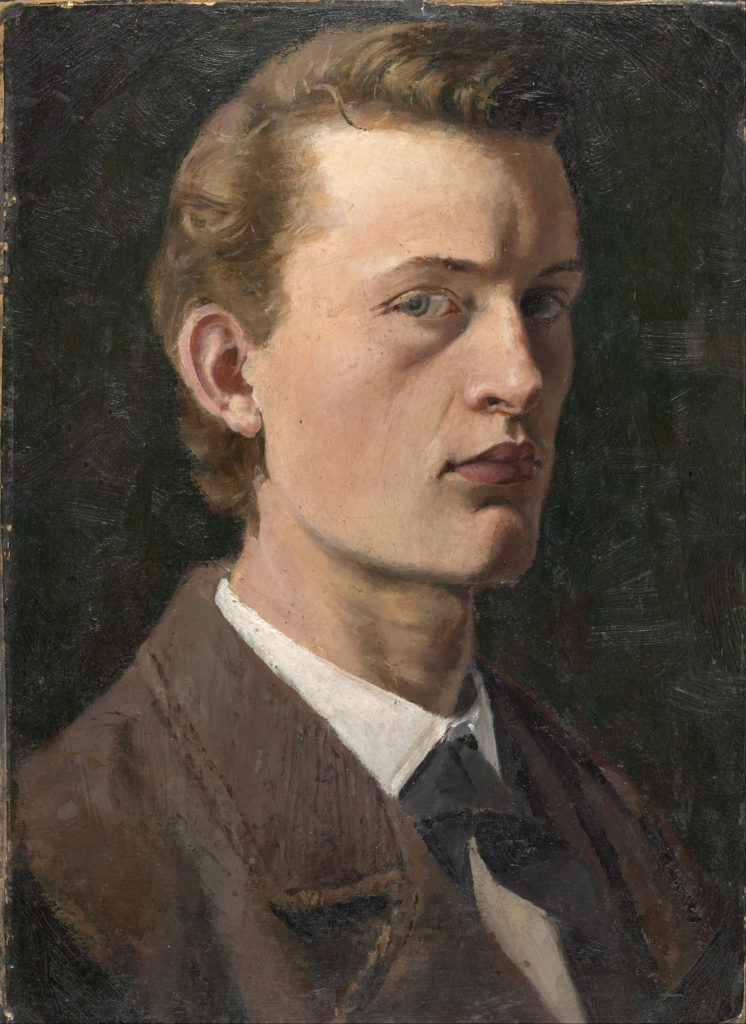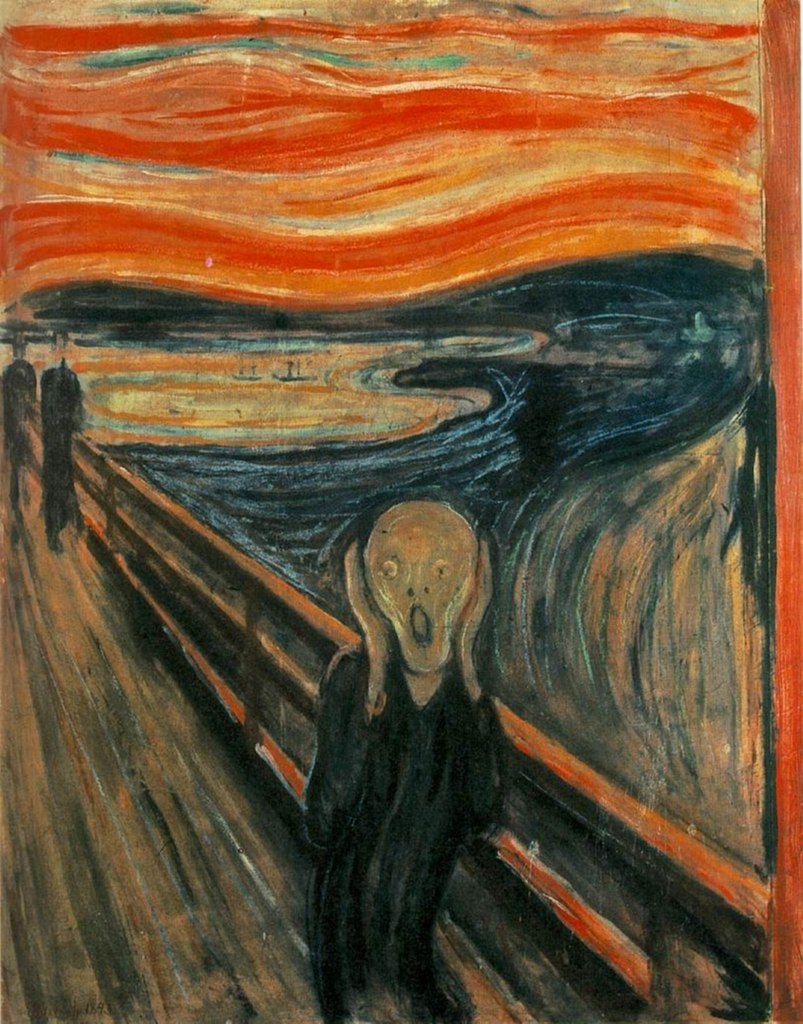Fear is one of the most consistent and easily accessed emotions a human can feel. It can be related to something very small or irrelevant, as well as something large and threatening. It is unnoticed a majority of the time for a majority of people. However, when exposed it can display the true nature of a person as well as what they care about most.
I bring this up because when analyzing Edvard Munch’s “The Scream” as well as Edvard Munch as a person, themes of fear and anxiety are more than evident.
Upon research, I discovered the terrible backstory of Edvard Munch, and how it spilled onto his canvas like black ink on a once pleasant white sheet.
As a child, Munch bore witness to the tragic deaths of many of his family members. His mother died of tuberculosis when he was only one. One of his sisters died of the same disease thirteen years later, and the other was institutionalized for her mental illness. At the age of thirty, his only brother tragically perished due to pneumonia.
As you might imagine, these tragedies would forever leave scars on the fragile psyche of Munch. These scars, while horrific, would lead to some of the most beautiful and recognizable artworks of all time. Case and point, “The Scream.”
Related Articles:
Painted on cardboard in 1893, “The Scream” has become one of the most iconic paintings of all time. With its simplistic design, blend of dull and vibrant colors and obscure posture of the screaming individual in question, it’s no wonder this masterpiece inspired a generation of selfies.
Upon first glance, the emphasis of this piece seems to be the screaming person in the center of the image. His expression displays emotions of shock, fear and possibly despair. The shape of his entire body and face, along with the two pedestrians strolling past him, appears rather warped. This is due to the abstract nature of the entire piece.
While this alone is quite compelling, the vibrant background of the dark mountain range in the distance swirling with the more lightly colored sea is especially fascinating. While the colors of the bridge and people upon it seem rather muted, the colors of the ocean, mountains and sky are bursting with both dark and light variants of different colors.
These two extremes come together in “The Scream” to create a rather beautifully melancholy image. Perhaps this expresses the immense beauty of nature compared to the immense depression of Munch’s life.

As I said above, fear is a very common feeling felt by everybody at some point in their life. This painting, along with many of his others, express the fears and anxieties of Edvard Munch.
As you can see, the person on the bridge is alone as the two people walk past him without a second glance. This could be representational of the loneliness he felt with his family all deceased.
All in all, I believe “The Scream” is one of the greatest examples of abstract mixed with representational. Compared to other abstract pieces, this piece is rather realistic in form despite the warped shape of the humans and atmosphere.
Many painters have attempted this method to make their works appear more complex, but few, if any, accomplish it as well as the great Edvard Munch.
He lived a tragic life, but through his suffering, he gave us many a great painting to appreciate and for that, I am more than thankful. No matter how you look upon his work, “The Scream” is probably destined to echo on in the hearts of artists for generations to come.
For more information on Edvard Munch visit https://www.biography.com/artist/edvard-munch
Samuel J. Claude
Managing Editor

